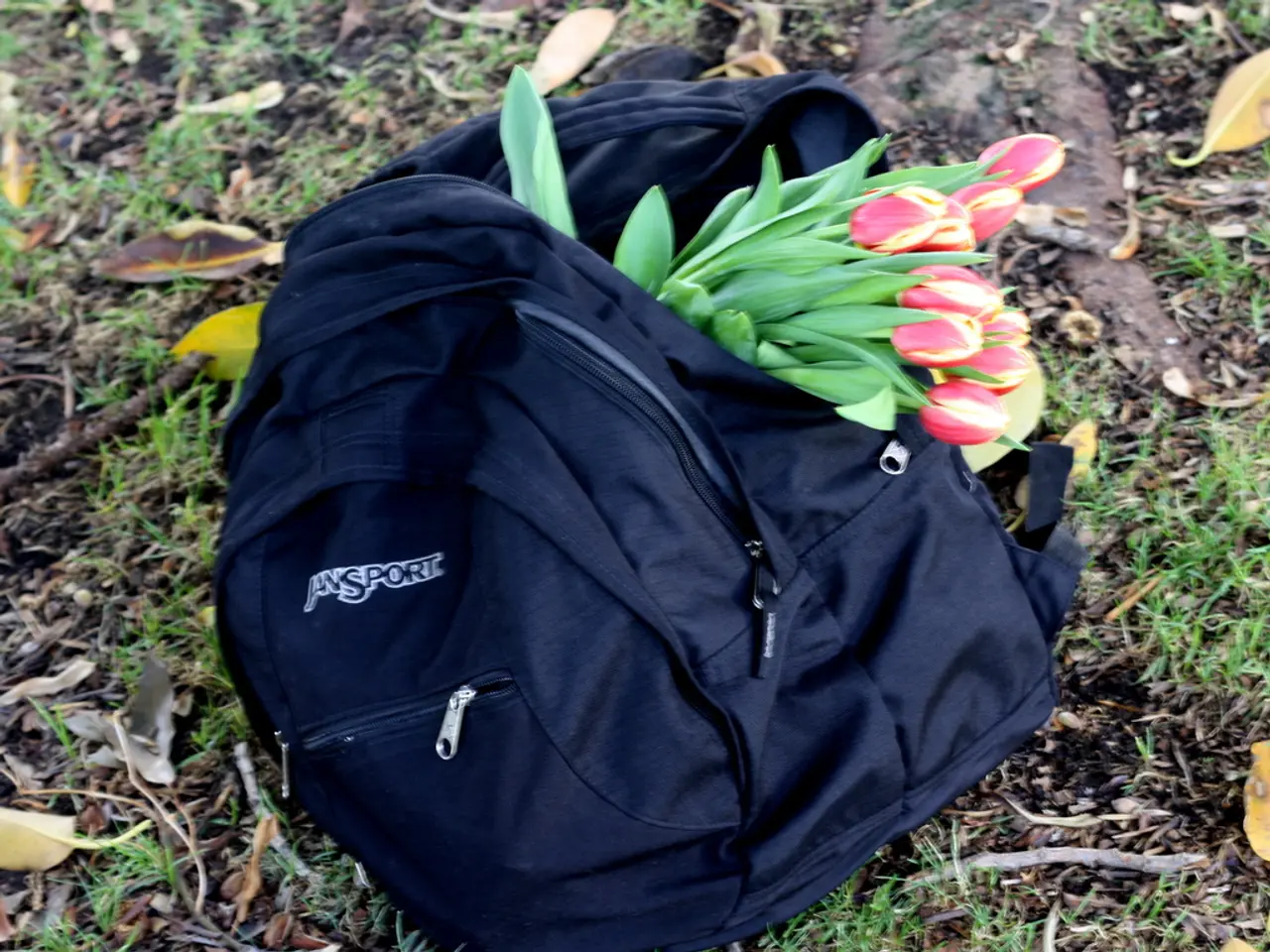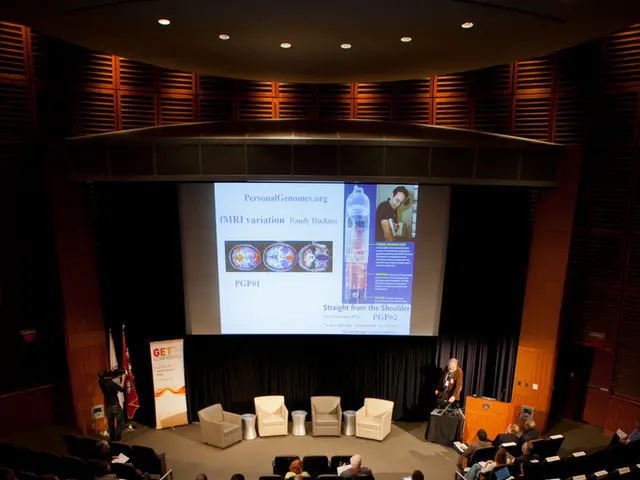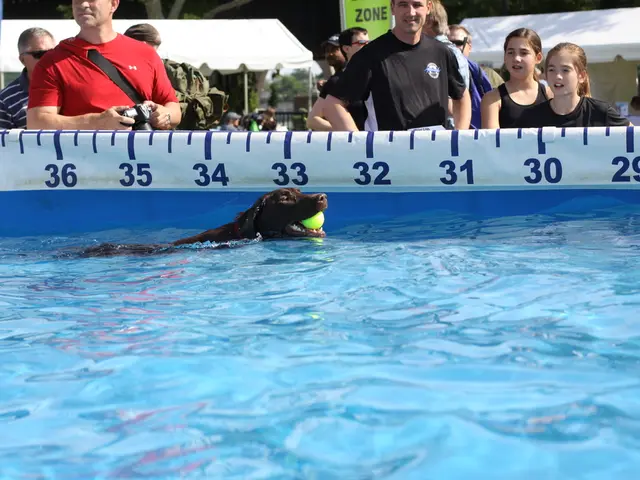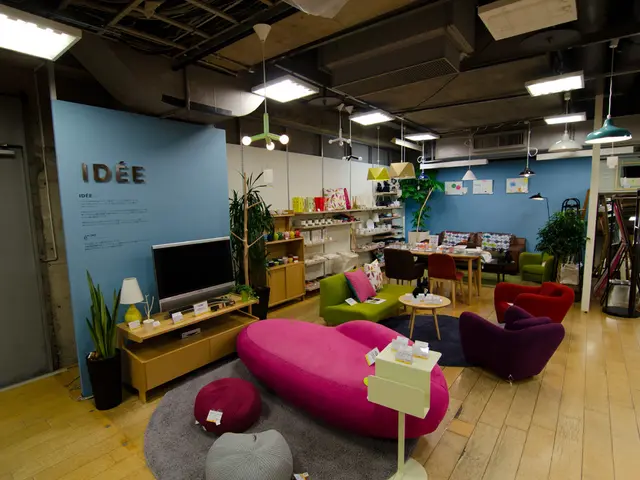Extensive Techniques for Enhancing Garden Dirt Quality
In the world of gardening, the health of the soil is paramount. The decision to use hand tilling or no-till methods, as well as the practice of composting basics, are crucial elements in maintaining a thriving garden.
Hand tilling and no-till are methods used to manage the soil, each with its own advantages. The choice between the two is based on the specific needs of the soil life and the crops being grown. Hand tilling is best for breaking hardpan and root crops, while no-till is ideal for building topsoil and protecting soil life.
Raised beds are a popular choice for gardeners, especially those with heavy clay soil or back issues. They improve drainage, aeration, and root space, making it easier for plants to thrive. To create raised beds, outline the bed with string or boards, remove sod or sheet mulch, loosen the existing soil a few inches, add layers of coarse drainage material if needed, then mix topsoil and compost basics. The soil mix for raised beds should ideally be 50% local topsoil, 40% compost basics, and 10% grit or sand if drainage is poor.
Composting basics is the foundation for these methods, and it's a simple, repeatable process. The compost pile should be at least 3 ft × 3 ft and layered with coarse material for drainage. The ideal ratio of brown (carbon-rich) to green (nitrogen-rich) materials in the compost pile is about 2 parts brown to 1 part green by volume. Greens include vegetable scraps, grass clippings, coffee grounds, and fresh manure, while browns include dry leaves, straw, shredded paper, and small woody prunings.
The compost pile should be turned every 7-14 days, and active composting basics can be expected to take 8-12 weeks in the summer. Once the compost is finished, it should be cured for 2-4 weeks before use. Common soil amendments include compost top-dress, compost tea, lime, rock phosphate or bone meal, greensand/kelp, and manure. Soil amendments should be matched to test results and followed according to product rates or lab recommendations.
Maintenance for hand tilling includes periodic deep work, while maintenance for no-till includes surface additions of mulch and compost basics. A simple garden log can help track changes and learn from results. Record the date, bed or plot, pH result or lab number, texture notes, plant symptoms, amendments applied and rate, and the next check date.
Plant clues such as yellow older leaves, purpling or dark leaves, and blossom end rot can provide indications of nutrient deficiencies. In such cases, soil testing should be done to guide amendments. Follow a seasonal schedule for soil testing and amendments: full check in fall, quick check in spring, and spot-check trouble spots in midseason.
The author of this guide teaches hands-on methods for improving soil fertility in gardens. The detailed instructions for improving soil fertility were developed by experts and practitioners in ecological and organic farming, such as those involved in Bioland workshops and seminars, which emphasize methods for targeted humus buildup and soil fertility improvement.
The broadfork is another tool used to aerate the soil without inverting soil horizons and preserving soil life. It's used when the soil is moist but not waterlogged and should not be used in very dry conditions.
Remember, the key to a thriving garden is a healthy soil ecosystem. Avoid over-application of soil amendments as more is not always better. Slow-release and matched amendments give lasting results. Rotate crops and use cover crops and mulches to rebuild soil naturally. When in doubt, test again rather than guessing.
By following these guidelines, you'll be well on your way to a productive and healthy garden. Happy gardening!
Read also:
- Budget cuts at federal and state levels jeopardize advancements in fighting HIV and AIDS within Dallas County
- Strategies for Maintaining and Boosting Physical Activity as You Grow Older
- Understanding Prediabetes: A Precursory Condition to Diabetes
- Strategies for Strengthening a Nigerian Infant's Immune System




